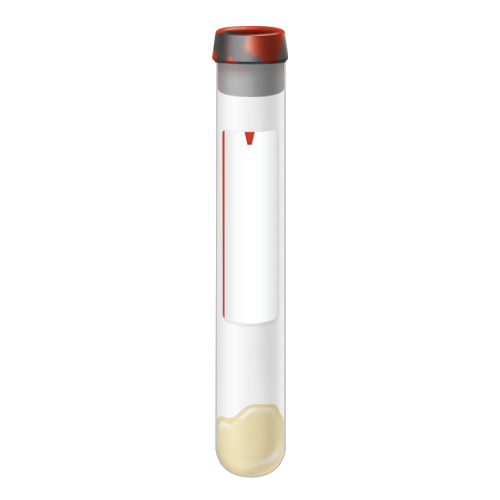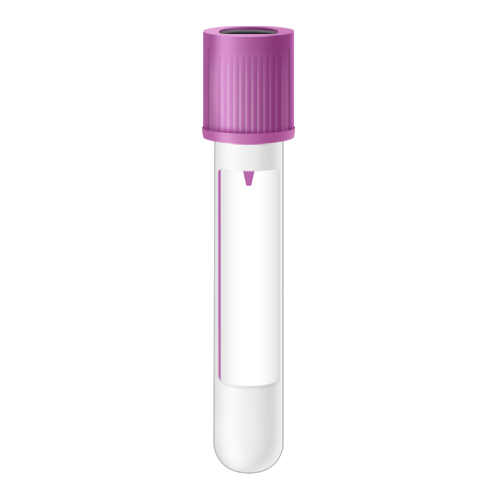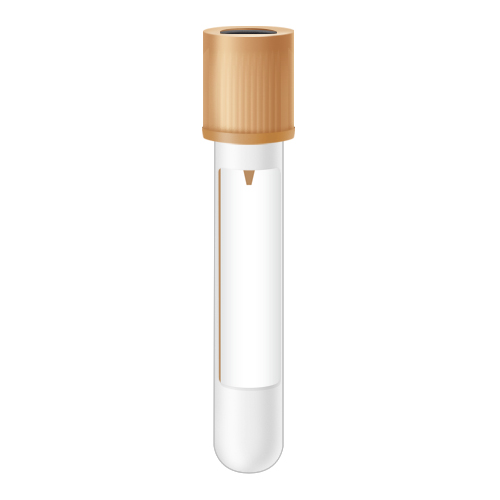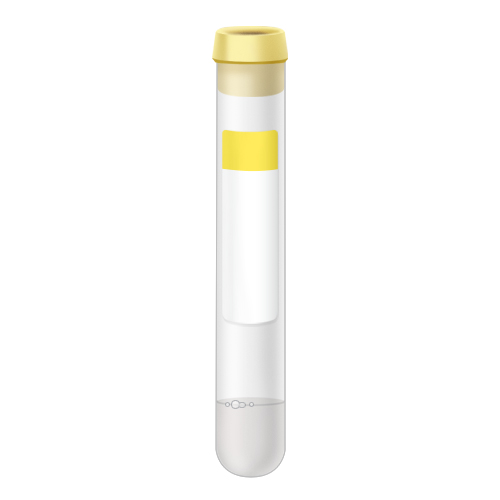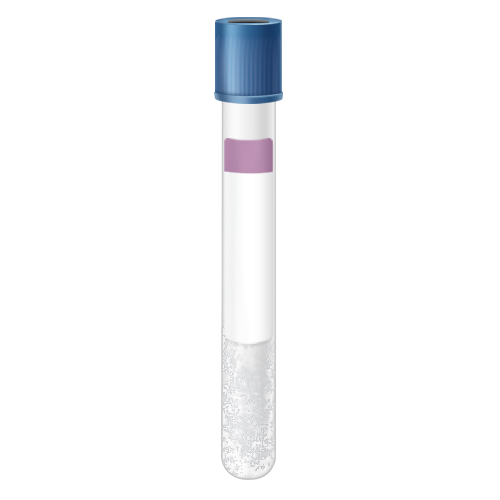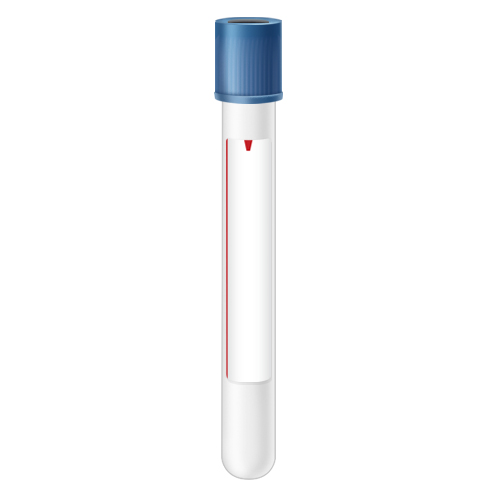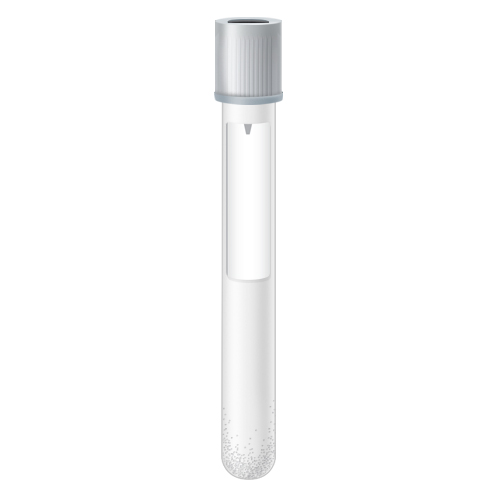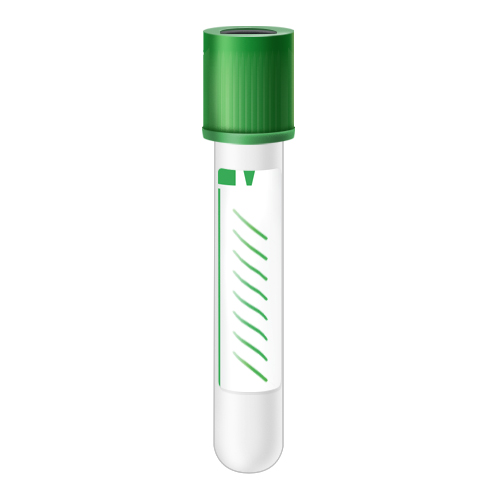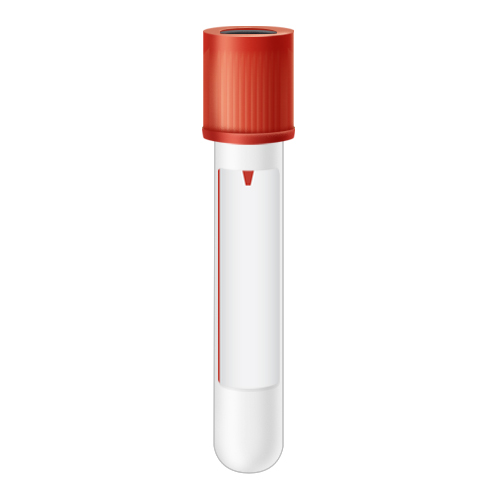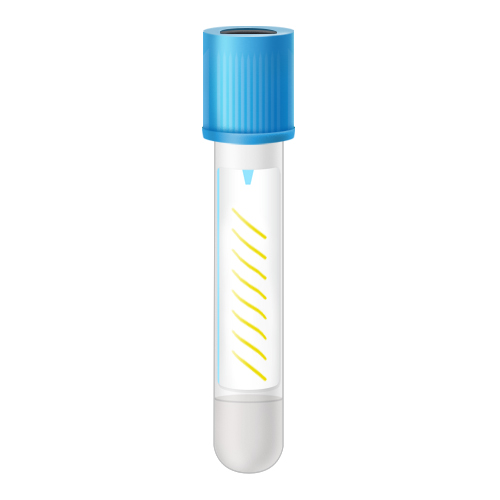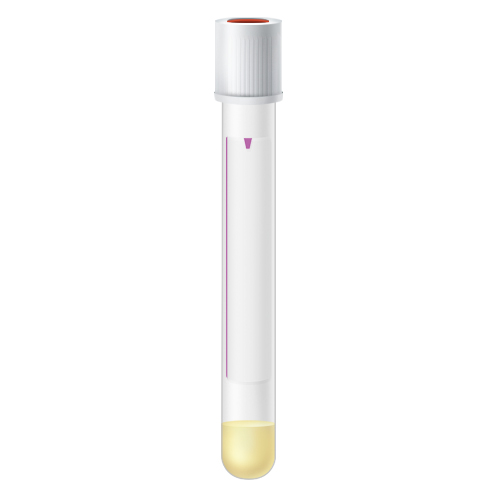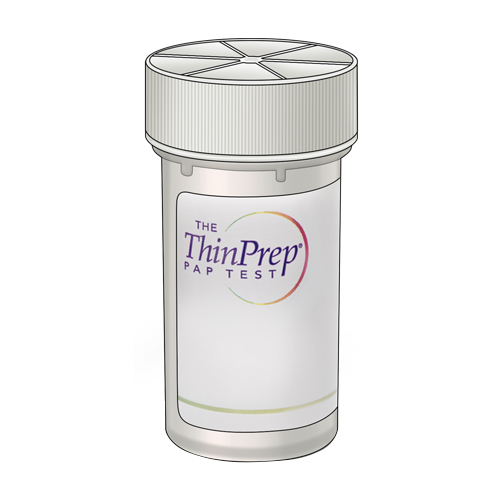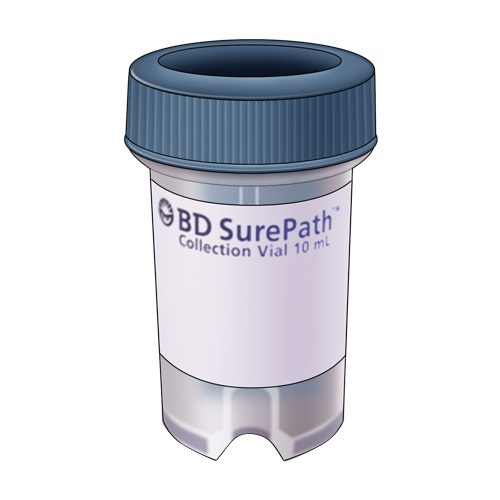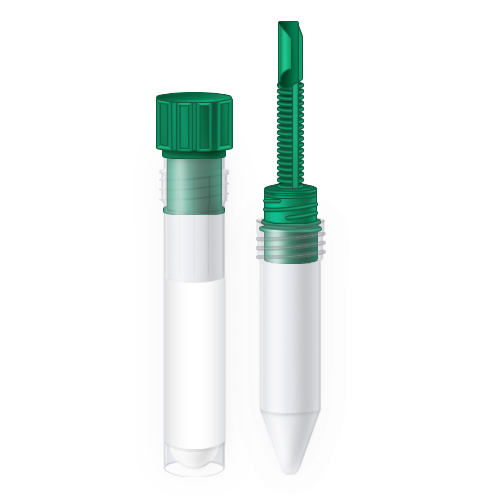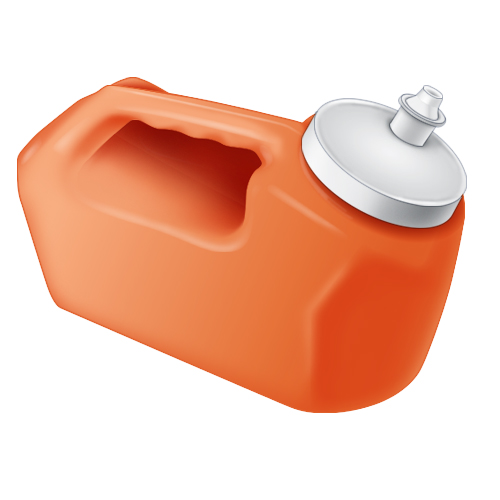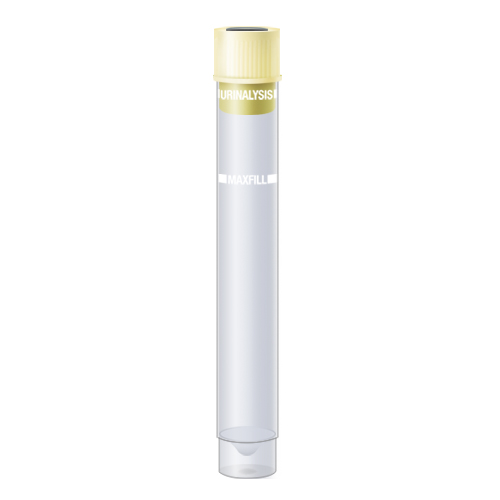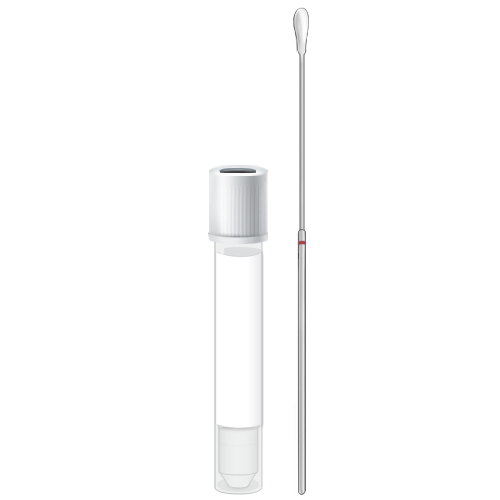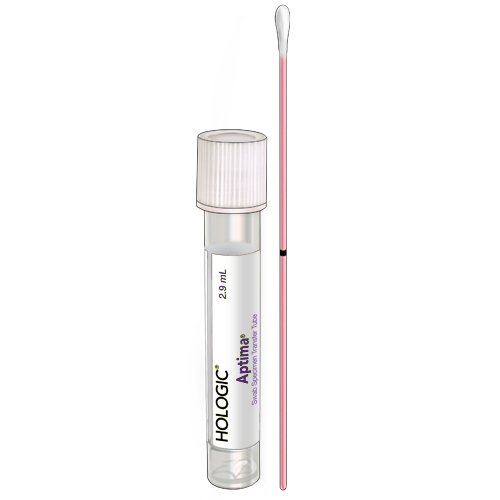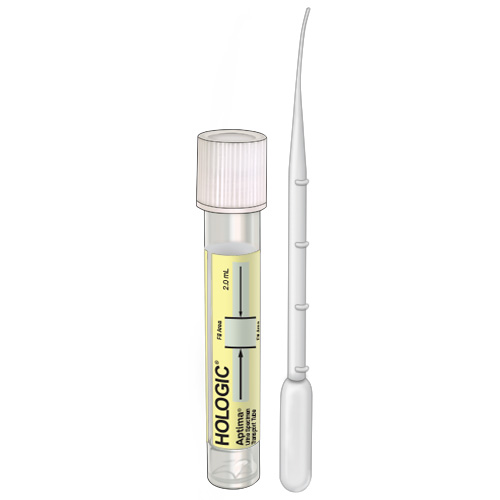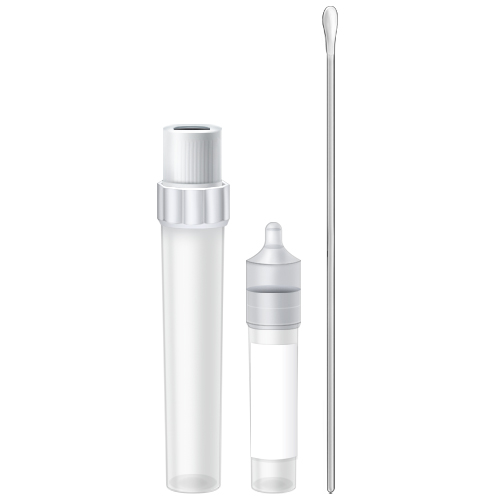WKBW
When KeyBank Center opens up to spectators, the Buffalo Sabres front office will have some data to draw upon from New York State’s experiment with the two Buffalo Bills playoff games in January.
BUFFALO, N.Y. (WKBW) — When KeyBank Center opens up to spectators, the Buffalo Sabres front office will have some data to draw upon from New York State’s experiment with the two Buffalo Bills playoff games in January.
However, there is a key difference between the two: Bills Stadium is open air, while KeyBank Center is an indoor arena.
To that end, the Executive Chairman of BioReference Labs, which performed the spectator testing for the Bills’ wild card and divisional games, says the success of bringing fans back to watch games will have a lot to do with the teams’ and spectators’ behaviors.
“So much depends on how the league tests players, meaning how often they, the staff, the coaches get tested, how they deal with their mitigation strategy, how compulsive everybody is to making sure they participate in what that strategy is,” said Dr. Jon Cohen. “It’s not just that we’re testing frequently, and in some cases every day. It’s how the people who are getting tested actually lead their lives. That has a huge impact on the success of any of these programs.”
On Wednesday, Governor Andrew Cuomo announced that his government will allow stadiums and arenas to begin opening on February 23rd, with certain restrictions. He attributed the success of the plan put in place for the Bills’ playoff games as a case study for the state’s larger re-opening plan.
On January 9th, when the Bills played the Indianapolis Colts in Orchard Park, the Erie County Department of Health reported a 6.6% COVID-19 positivity rate for that week. At that time, restaurants were only allowed to be open for outdoor dining, and much of the Western New York region was still operating under Yellow- and Orange Zone restrictions.
Since then, those zone restrictions have been lifted and Western New York’s largest school system, the Buffalo Public School District, has begun phasing-in in-person instruction. The state also allowed indoor dining to resume on January 14th in most parts of New York State. Plus, as of February 9th, the Erie County Department of Health reported that nine percent of Erie County residents had received their first dose of the COVID-19 vaccine.
As a result, the conditions in the community will be different then they were for the Bills’ games. Still, testing data from the Bills playoff games can be reason for optimism, according to BioReference Labs, which has performed more than 11 million tests since last March, and is the COVID-19 testing partner for the NFL, NBA and NHL.
Prior to the AFC Wild Card Divisional playoff game, BioReference Laboratories tested 7,250 individuals for COVID-19. Of that population, the positivity rate was 1.9%, according to Dr. Cohen.
Similarly, prior to the AFC Divisional second round playoff game, BioReference tested 7,898 individuals. Of that population, Dr. Cohen says the positivity rate was 1.5%.
What’s more, of the 1,941 individuals who attended both games, the positivity rate was also 1.5%.
Dr. Cohen attributes the low positivity rate for the second game to mitigation strategies: testing, social distancing, mask wearing, and temperature checks.
“So if you look at that group specifically, it worked, right? Because if it had been a super spreading event, looking at these 1,9000 people, the rate would have been much higher. But it wasn’t,” said Dr. Cohen. “There is evidence, based on that data, that there was no additional spread as a result of the mitigation strategies that occurred for the first playoff game.”
Click here for original post on WKBW website

